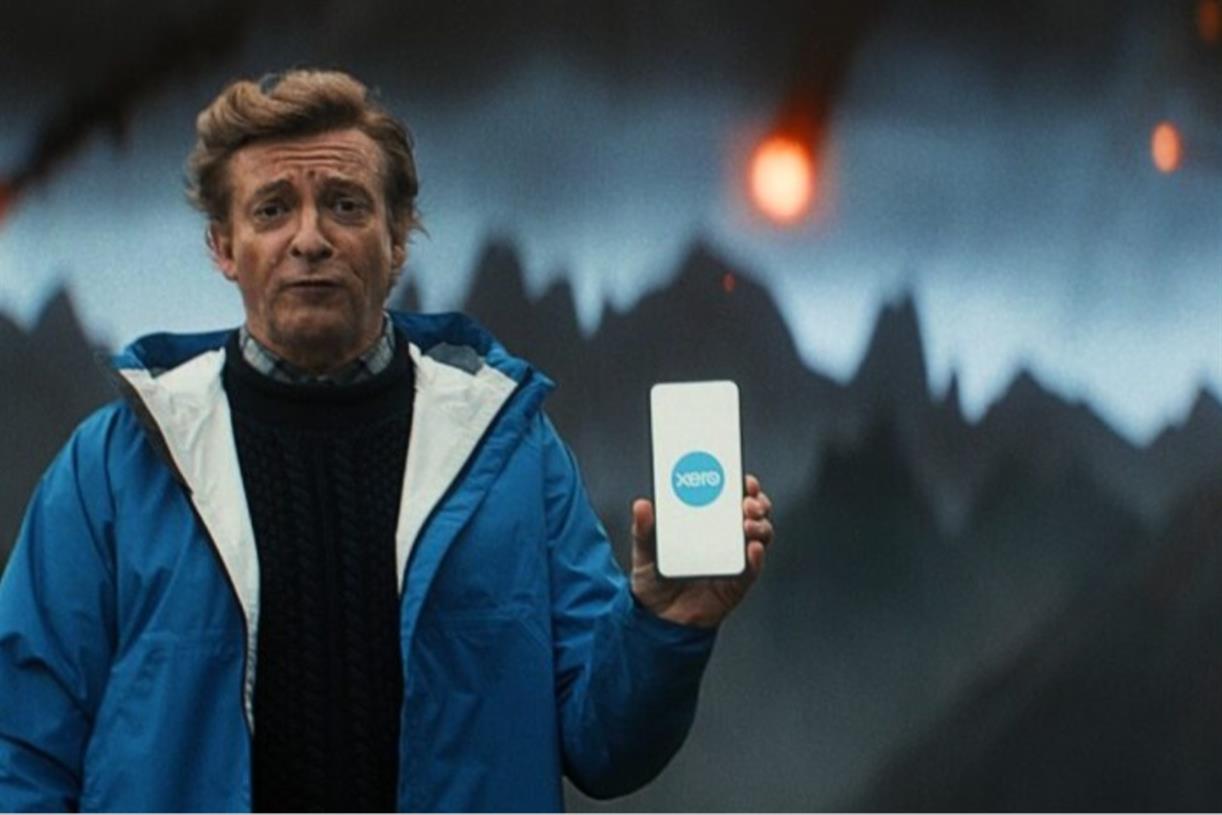How holiday virtual stores are delivering data and deeper connections for brands
After some exploration last year, more brands are investing in virtual stores this holiday season as a way of collecting customer data to inform merchandising decisions amid a tough economic backdrop.

In Crocs’ holiday store this year, the tree is trimmed, the Christmas lights are twinkling and seasonally appropriate products like fleece-lined clogs and puff boots have been given prime placement. In many ways, the shop looks like any other Crocs retail location—except that this year, consumers do not even need to leave their couches to visit it. Crocs, like a growing number of other retailers, is investing in a virtual holiday store.
Available via desktop or mobile, the 3D immersive online experience opened Nov. 9 and will run through Dec. 31. Consumers can browse and buy products within branded rooms, take an interactive quiz and play a game.
“It’s about how can we improve the online shopping experience to make it more sticky and have brands have a more immersive experience that’s more memorable than going to a website that’s just like a grid of thumbnails,” said Neha Singh, founder and chief executive of Obsess, the software platform that is partnering with Crocs on its new offering.
After a 2021 holiday season that saw some brands including American Girl and Ralph Lauren dipping a toe into virtual waters, a bevy of retailers such as Crocs are now jumping in. These companies are recognizing the need for a fully fleshed-out virtual store offering as a way to not only connect with consumers, such as the digitally native Gen Zers, and offer them more branded experiences, but also collect and monetize their valuable customer data. Some stores, like Crocs, are 3D experiences linked to a brand’s regular e-commerce site. Others are stores within gaming platforms such as Roblox, where Pacsun operates a store of virtual clothes for avatars. All have the same goal—to deepen consumer connections and ultimately boost margins.
Coach opened a virtual holiday experience earlier this month. Last week, Saks Off 5th partnered with digital media brand Betches on its own festive 3D store, and Swiss chocolatier Lindt announced an offering as well. Ralph Lauren said that it would refresh its AR store with a holiday spin on Dec. 14. Bloomingdale’s Outlet will also host a six-week livestream shopping series with partner ShopShops that will include virtual fashion options. In addition, cosmetics brand Charlotte Tilbury rolled out a more enriched holiday experience that includes avatars.
According to 6-year-old Obsess, which is running around 25 different virtual holiday stores this year, interest has doubled since last year.
“The holidays are a time when retailers and brands are going to try things—it’s their Super Bowl,” said Chris Bruderle, VP of research and insights at the Interactive Advertising Bureau. “It’s their time to try something new and cool and make a big splash, sell a lot of products and get a lot of good branding at the same time.”
How we got here
This exploration is coming at a time of upheaval for retail. Amid a tough economic backdrop for consumers, the National Retail Federation is predicting more modest sales gains this year during the crucial holiday period between Nov. 1 and Dec. 31—the organization expects sales to grow between 6% and 8% over 2021 to between $942.6 billion and $960.4 billion. This follows last year’s record 13.5% increase. And while online shopping is still on the rise, that growth is not expected to be as robust as it has been in recent years, namely during pandemic lockdowns. Many retail experts are expecting more consumers to return to in-person shopping this holiday.
“People still love the convenience of shopping online but that needs to evolve and become more like an offline shopping experience,” said Bruderle. “We’re seeing this move to how can we make this online shopping more like off-line shopping and virtual is a great way to do that and engage with consumers, test and learn for the future.”
IAB forecasts that 56% of ad buyers are investing or considering investing in metaverse advertising and marketing next year.
In addition, by amping up the online experience, virtual stores offer brands the opportunity to tap into the so-called “halo effect” of auxiliary product purchases. The checkout lanes of physical stores, for example, have been a boon for retailers like Sephora because they lead to impulse buys from captive consumers. Online shopping has had trouble replicating such “discovery” buys, according to Michael Felice, associate partner in the communications, media and technology practice of consulting firm Kearney. He noted that in-person returns also help with such sales boosts.
“Someone returns, then has a 25% propensity to purchase and that can drive higher margin near the register to offset [the return],” he said, noting that a better online experience gives brands the chance to better capture attention and share of wallet.
Data play
In addition to spurring sales, virtual stores provide valuable information about customer shopping behavior. Many brands are considering such endeavors purely for the data they collect, experts say. Crocs is able to track how long customers stay in each section of the virtual store and what products they linger on and potentially buy. Embedding quizzes and other gaming experiences are also effective tools of data mining.
“It’s a new layer of 3D data that you didn’t have before from e-commerce,” said Singh. “What you’re able to see from the platform is essentially every single action the user is doing inside the 3D experience.” Brands can then use this information to remerchandise their virtual stores and physical stores as well. For example, if a certain shoe is resonating with online shoppers, a brand might move that product to the front of a brick-and-mortar store as well.
Felice noted that brands can also monetize their newly collected customer data in other channels, such as with brand affiliates or through performance marketing.
“Engagement is the new transaction,” he said. “She’s on her phone seven to eight hours a day, but only purchasing for about five to 10 minutes, so the larger mine share in engagement, the more data and the deeper I can drive the personification of her as a consumer.”
Already, some of the holiday stores opened earlier this month are performing well. Coach, which includes livestream and shop with friends options in its offering, said it is seeing “great engagement” from customers.
“They are spending more time in the store than is typical on our websites, browsing different rooms and products,” said Renee Klein, VP of global brand marketing and digital experience.
Pacsun plans to add a “holiday update” to its PacWorld store on Roblox. The retailer will incorporate key items, like popular denim, fleece and flannel styles, to the store for consumers to purchase for their avatars. Since the digital goods are less expensive than in real life, cash-strapped younger consumers might be able to purchase such items now rather than waiting for them to go on sale later, said Tyler MacDonald, senior manager of influencers and social media at Pacsun.
“It really ties back to being able to connect with [customers] and using Roblox as a point of socialization, building that connectivity with the consumer,” he said. “Maybe they can’t necessarily afford real life items this season, but being able to wear it on their avatar is a nice play on that.”
A cost-effective tool
Costs vary, but experts agree that the expense of operating a virtual store is a fraction of what it takes to keep one in real life. Brands that operate with a gaming platform like a Roblox have to share revenue. Those that run 3D stores through their own websites but work with a third-party technology provider could pay anywhere from $4,000 to $40,000, according to estimates from Sunny Zheng, an analyst at Coresight Research, a global retail and technology advisory research firm. Obsess requires at least a one-year commitment from its clients. Zheng said that AR endeavors deliver a positive return on investment, at times as much as 40%, depending on the product mix, marketing and brand reputation, she noted.
As the trend has become more popular, brands are becoming more sophisticated with their experiences. Previously, most retailers would simply replicate an existing storefront in the virtual space, but now they are realizing they can have a little more fun. For example, jeweler Stephanie Gottlieb’s digital holiday experience includes extra large bracelets and pendant necklaces on pedestals—the objects read more like art pieces than jewelry, said Singh, who worked with the brand on the store. A digitized Gottlieb herself even appears to welcome customers to the shop. Cosmetics brand Charlotte Tilbury last week introduced branded avatars into its virtual shop. Visitors can customize their avatars with different skin tones, hair styles and of course, makeup looks.
“We are seeing many more brands utilizing the capabilities of the platform and creating something more fantastical that they couldn’t create in real life,” said Singh.
Yet brands need to be careful about how they enter the space, experts warn. A clunky experience rife with glitches could turn customers off from the overall brand, for example. Today’s shoppers expect a seamless, friction-free e-commerce offering that is also engaging. They want to see products sas closely as they would be able to in a brick-and-mortar shop. It’s a challenge for brands unused to venturing into the metaverse. Zheng said that technology is the toughest issue.
“It is important for brands and retailers to consider how to create virtual stores that don’t look like animation, but more real stores,” she said. “For virtual try-on experiences using AR or VR technology, it’s important to ensure that the customer’s virtual experience with the product mirrors the actual experience that the customer would have in person.”

 Hollif
Hollif 
































